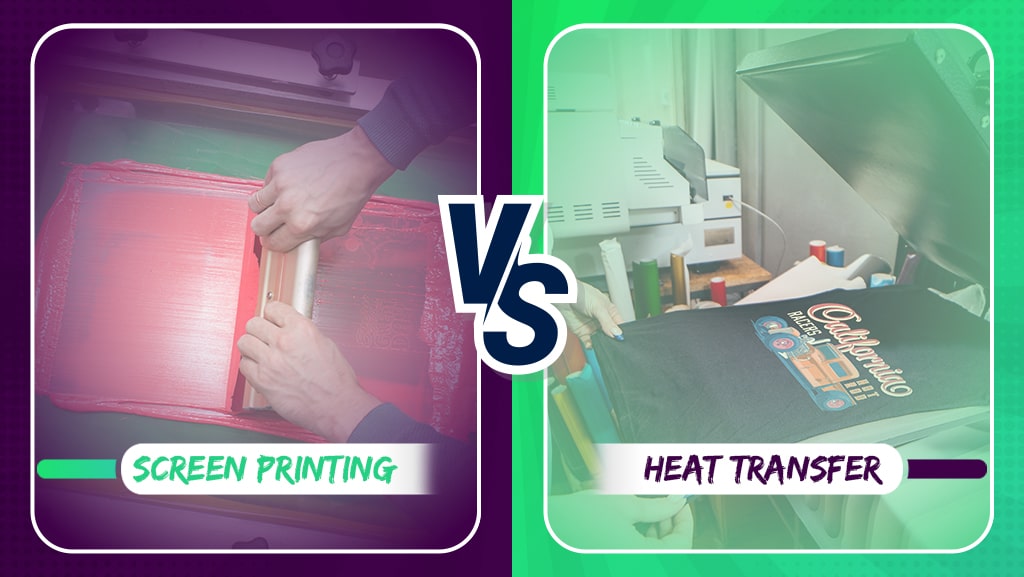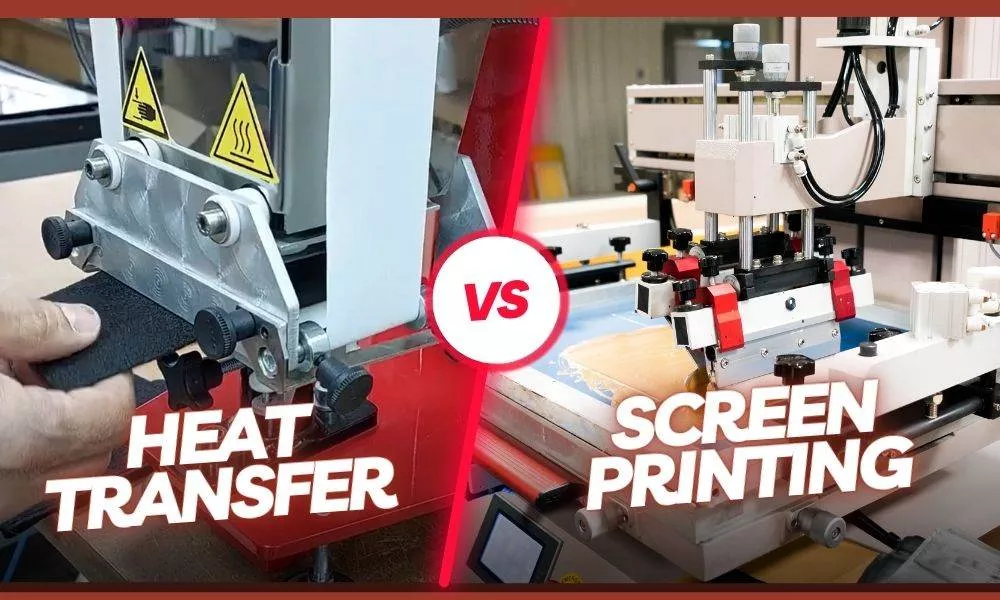The Best Strategy To Use For Tx Tees
The Best Strategy To Use For Tx Tees
Blog Article
Tx Tees - Questions
Table of ContentsTx Tees - TruthsExcitement About Tx TeesThe Definitive Guide for Tx TeesThe 15-Second Trick For Tx TeesThings about Tx TeesTx Tees - QuestionsTx Tees Things To Know Before You Buy
That brings your total amount to around $1,900 gross and delivery. Accumulate other prices, like the number of utilities it requires to run the shop and the cost of ink and solution per style. t-shirt printing. Take the print below. This is a one-color picture, so the cost of ink per t-shirt is about 20 cents.The solution needs to just be a couple of cents considering that you 'd just require to layer one display for this job. How much should you charge per t-shirt to make a revenue? Normally, printers attempt to make up to 45% earnings on a print work. Below's a table to aid you determine that: total cost per item percent of desired revenue as a decimal (example:.25 or.45) revenue made per thing per work Currently allowed's speak about the success of DTF.

With DTF, you can publish a handful of t-shirts, or simply one. Both screen printing and DTF have their niches in the globe.
The Tx Tees Diaries
The most effective method to recognize? Ask about and see what printing shop like yours are doing. t-shirt printing. Try both out and see which you like far better
When you're choosing what type of printing technique to utilize for publishing your art work layouts on your garments, it's important that you know the differences between these two techniques so you can optimize outcomes while decreasing costs. Display printing is one of the most generally made use of strategy for publishing layouts on fabrics.
DTG printing is likewise called area or straight to garment printing since it publishes only what is needed instead of making a display as display printers do. https://tx-tees.webflow.io/. Display printing works by display filler squeegee screen printing ink screen mesh display, then moving the image to garment utilizing warmth and/or pressure
The DTG printer makes use of special dye-sublimation inks that are applied right into a pre-designed image by an electronic printing system. The inks enter into the textile, enabling lively colors and phenomenal detail. It's likewise recognized as spot or straight to garment printing due to the fact that it publishes only what is required rather than making a display as screen printers do.
A Biased View of Tx Tees
It's much quicker - you can publish a fullcolor picture in mins, as opposed to hours for display printing. Second, there's no established up time or prices entailed - you can publish any kind of layout you like, without needing to create a screen first. Third, there's no waste - because screen printers screen print one layout at a time, they need to evaluate each color separately.
The paper is very expensive and can only be made use of when. Once it's published on, it has to be disposed of. - The first acquisition rate is reduced than the in advance investment of DTG printers- You can print multi-color styles one screen at once rather than having to publish each color individually like DTG printing.

More About Tx Tees
Rather of using screen mesh as display printers do, color sublimation printers utilize laser modern technology to move your images onto garments or paper. A heat process moves the color from its solid-state straight into the gas stage which consequently integrates it onto textile substratums when they are rapidly heated to heats under high stress.
Sublimation printing is environment-friendly. It makes use of much less water than screenprinting, and because it doesn't include using harmful solvents, it's safe for all kinds of apparel. The dye sublimation inks are likewise odorless when cured, unlike screen printers that use dangerous chemicals throughout the screen printing process that leave behind an unpleasant odor.
They also conserve cash on pricey tools like direct exposure units because dye sublimation printers don't require a UV exposure system or a flash remedy oven that is usually utilized in screen printing (custom monograming). What is direct to garment printing (DTG Printing)? DTG printing is a digital screenprinting procedure that publishes straight onto textile making use of specialized inkjet printers
What Does Tx Tees Mean?
DTG printing uses numerous benefits over typical screenprinting, consisting of the ability to publish photographic top quality pictures, greater shade vibrancy, and the ability to publish designs on darker materials. DTG printers work by heating the fabric ink until it becomes a gas. The gas after that penetrates the material, bonding with the fibers to develop a permanent print.

Display printers just prepare their screen then begin publishing till they lack product or ink.- There is a wide variety of skilled screen printers throughout the globe, which can be handy for novices. - It's a slower process - screen printers usually need to await the ink to dry before they can publish the next color- Screen printers call for manual work, so there's a higher understanding contour and it takes longer to create a top notch style- Display printing isn't as precise as DTG printing, so you may obtain some "blood loss" of colors from one component of the picture onto another otherwise done appropriately.
Excitement About Tx Tees
Nonetheless, as opposed to making use of screen mesh as display printers do, color sublimation printers use laser modern technology to move your pictures onto garments or paper. A heat process moves the dye from its solid-state directly into the gas stage which consequently integrates it onto fabric substrates when they are quickly warmed to heats under high pressure.
Sublimation printing is eco-friendly. It utilizes much less water than screenprinting, and due to the fact that it doesn't involve making use of harmful solvents, it's risk-free for all kinds of garments. The color sublimation inks are also odor free when treated, unlike display printers that make use of hazardous chemicals during the screen printing procedure that leave an undesirable smell.
They additionally save money on costly equipment like exposure systems given that color sublimation printers don't need a UV exposure system or a flash remedy oven that is normally made use of in display printing. What is straight to garment printing (DTG Printing)? DTG printing is a digital screenprinting process that prints directly onto fabric using specialized inkjet printers.
Our Tx Tees Diaries
DTG printing supplies lots of benefits over traditional screenprinting, consisting of the capacity to print photographic quality images, better color vibrancy, and the capacity to print designs on darker materials. DTG printers work by heating up the textile ink till it transforms into a gas. The gas after that penetrates the fabric, bonding with the fibers to develop an irreversible print.
Report this page